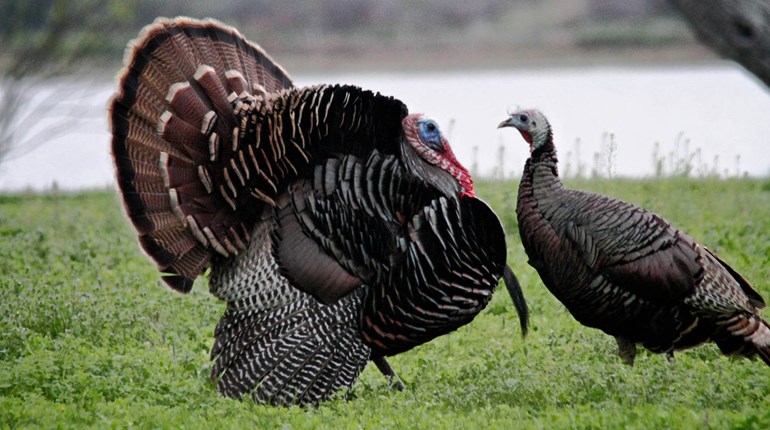
Everybody knows the name of John Moses Browning, not as many know of Christopher Miner Spencer. Spencer is not widely credited for the first successful repeating pump shotgun, because he is more famous for the Spencer Repeating Rifle used in the Civil War--especially since a Union victory at Gettysburg is credited to the Spencer rifle. That said, Spencer’s design for a pump shotgun dates to 1882, 11 years before Browning's Winchester Model 1893...and the world of the scattergun has never been the same.
Although John Browning (rightly) gets the credit for producing the first commercially successful pump-action shotgun, Spencer’s design for a pump-action shotgun came first. In fact, it is considered first successful design for a repeating pump shotgun. It used blackpowder cartridges, and was available only in 10 or 12 gauge. The patent and rights to manufacture were soon sold to Francis Bannerman of New York. The pumps were manufactured in New York until 1907.
John Browning followed Spencer with his version of a pump gun, the Winchester Model 1893, designed for 2 5/8 inch blackpowder shells. Many consider the Model 1893 the first successful repeater. Soon after, Browning came out with another refinement, the Winchester Model 1897. Made with a steel receiver strong enough to withstand pressure from smokeless powder, the M97 became the first commercial success.
Another milestone proved to be the Winchester Model 1912. Influenced by Browning through Thomas Johnson, the “Model 12” was a hammerless improvement of the 1897. A great shotgun, known for quality and performance, many of the original guns are still shootable today.
Two lesser known but historically important designs are the Model 10 and Model 17. The Model 10, released in 1911, was the first "slide action" or pump produced by Remington, and both fed and ejected from the bottom. The Model 17 followed when Browning patented the Model 17 design in 1915. Rights were sold to Remington, but the gun was not produced until after World War I. Production began in 1921 with a slightly different version modified by John Pedersen, and then again G.H. Harrison, who both worked for Remington.
The Model 17 led to the Remington Model 31 and the Ithaca Model 37. The Model 10 ultimately inspired the Remington 870 and the Mossberg 500. The 870 and 500 are still the two most successful pump shotguns ever made.
With unquestioned strength and performance, the pump shotgun exemplifies a dependable shotgun for the 21st century. You will be hard pressed to wear one out. I do not know anyone who has worn out one of the originals in their lifetime. The beauty of the 870 and the 500 is the price, each is still a bargain.
You can shoot any combination of shells in the same magazine and not worry about failures. In fact, the only time I have ever experienced failure to feed was when I was using reloaded shells that were shot through a semiautomatic first. The shotshell resizing die on the press was not sufficient to return the brass to factory specs. All in all, a pump gun is the least likely repeater to fail.
Not that a pump is indestructible—it’s a tool like any other, and parts can break or eventually wear out. (The most common part of the pump shotgun that can wear over time is the extractor, which is inexpensive and easy to replace, if you happen to wear one out.)
The pump shotgun may not be as fast as a semi-automatic, but it can operate as fast as the shooter can work the action. If you missed, pumping the action breaks your aim and makes you try it again, often aiming a bit more carefully this time. From the perspective of felt recoil, we’ll be honest: The kick is more direct than a semiautomatic. The recoil of a 12-gauge pump has as much authority as the load of shot going out the other end. However, there's lots you can do to reduce the felt recoil...here's some ideas to get you started!






































